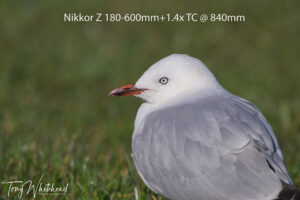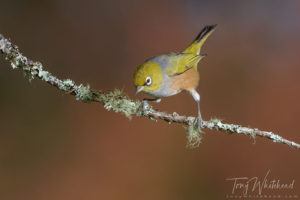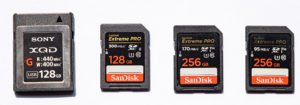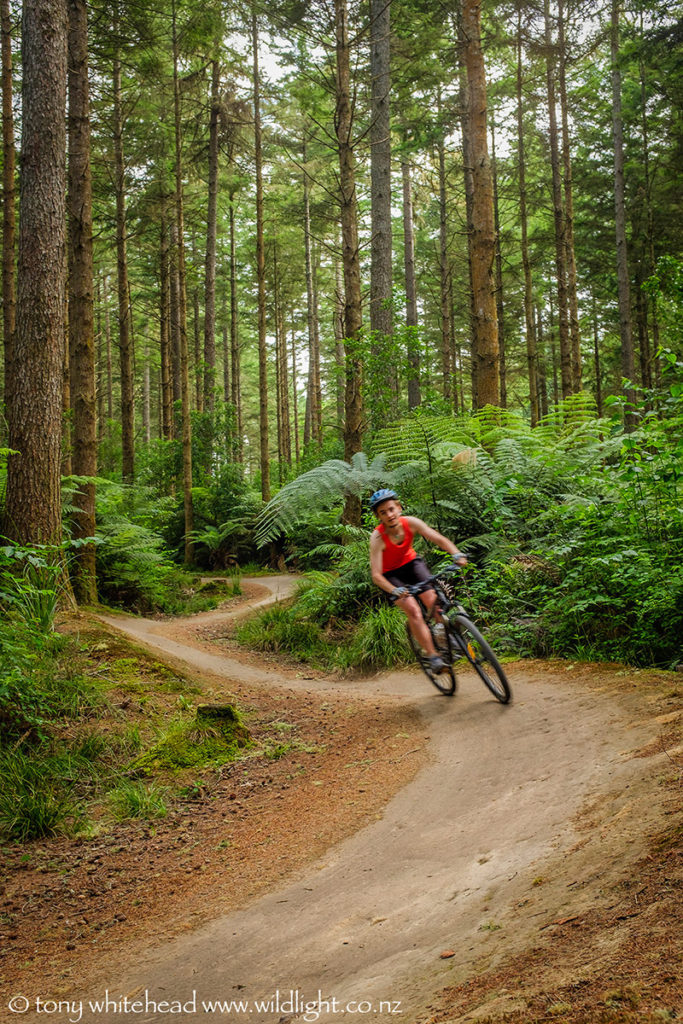
Mountain Biking, Photography and Technology may seem an odd title for a photography blog but recent events have highlighted for me the progress in technology with mountain bikes and photography. My 20 year old mountain bike finally suffered a fatality with failure of the rear shock mount. With spares no longer available I have replaced it with the closest current equivalent which, in NZ$ terms was almost exactly the same price as 20 years ago. My previous bike had been near the forefront of the technology of the day with aluminium frame, dual suspension and Magura hydraulic rim brakes and had been a revelation compared to my previous bike which was little different from the bicycles of my childhood. The new bike is a quantum leap forward with much more capable suspension, larger diameter wheels, hydraulic disk brakes, a single chainring 1×11 speed gear set and a dropper seat post. There has obviously been incremental progress over time but going suddenly from a 20 year bike to a new one has really highlighted the amazing difference the technological advances have made. Having a single derailleur to operate is so much simpler while giving up nothing in gear ratios due to the modern wide-range cassettes, the frame geometry, suspension and disk brakes make tracks that were difficult and uncomfortable much more fun and safer.
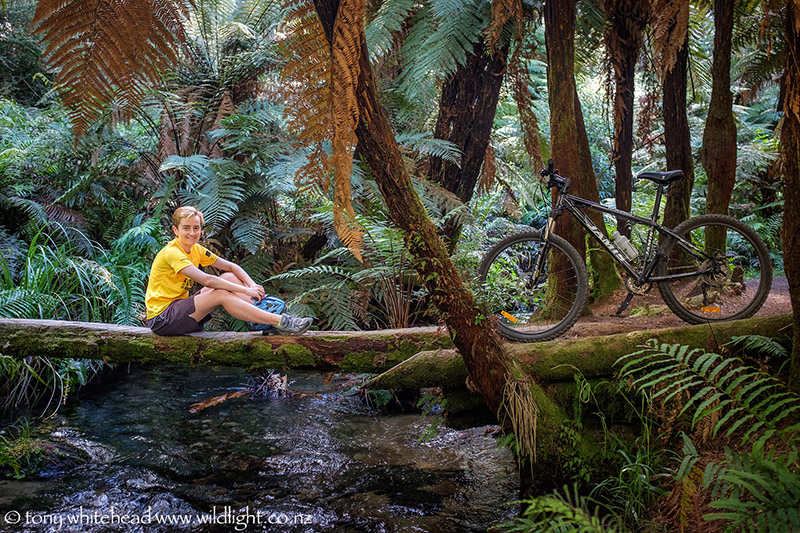
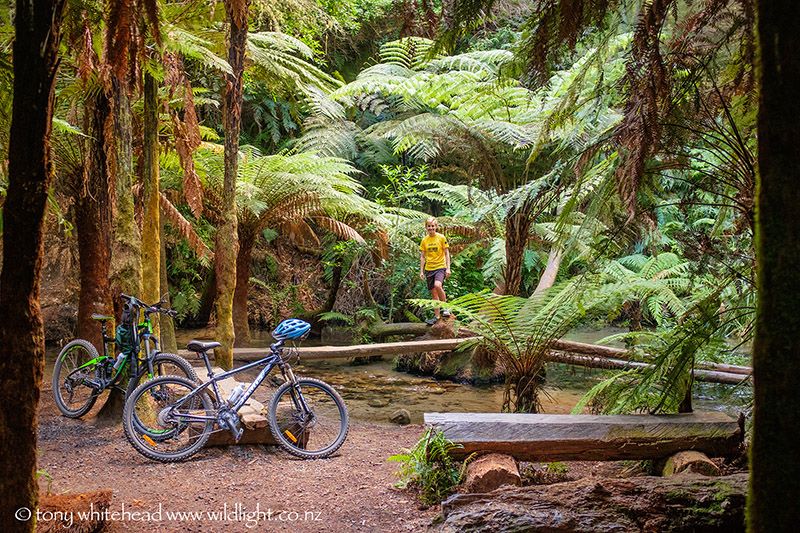
Photographically I have also been enjoying the advances that technology has brought but this has been rather incremental with more regular upgrades in equipment. The 2 areas that advances are most noticeable are in high ISO performance and autofocus capability and each new body has brought a little step forward in this area. In fairness the Nikon D3/D700 was a big leap in high ISO ability and the incremental ISO improvements have followed that. Marketing often gets caught up in pixel counts which are less useful than they may seem in an advert. The Nikon D500 has been quite a revelation in the area of autofocus though. No previous upgrade, in my opinion, has seen such a dramatic improvement in autofocus performance. The D500 continues to amaze me in the speed with which it acquires focus on a moving subject and the tenacity with which it holds that focus.
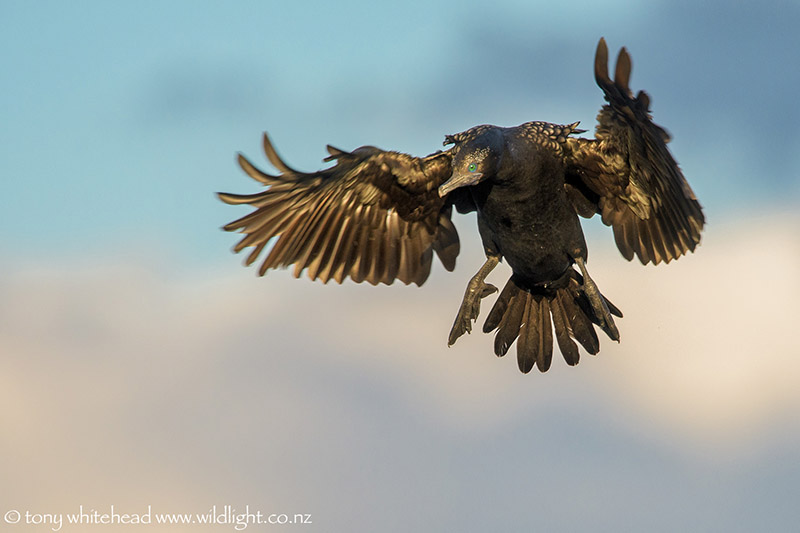
In both these areas the benefit of technology is to remove hindrances or frustrations that impinged on the pleasure of the activity. In mountain biking, to enjoy the flow of a track without the distraction of your fillings rattling in your teeth makes it more fun and safer. Likewise when photographing flying birds if you can rely on the autofocus and spend more effort on composition the success rate and pleasure increases. A nice collision of technology with biking and photography occurred last week when I went for a solo cycle with a camera in the hope of getting some shots over Rotorua as the sun was setting at the end of a hot summer day. Using the Photopills app on my iPhone5 I could work out when and from exactly which direction the sun would be setting at a spot on the map that gave a good look over town from one of the trails. Planning my ride to end up there at the correct time I decided to include myself in the photo in a self portrait to remember my ride. Using my Fuji XT1 to set up a WiFi network to connect to the Fuji Cam Remote app on my iPhone I could compose the photo from the screen of my phone before triggering the release which was set to self timer so didn’t capture me touching the phone screen. This whole scenario would have sounded like science fiction when I was a child. It is fun to be living it!
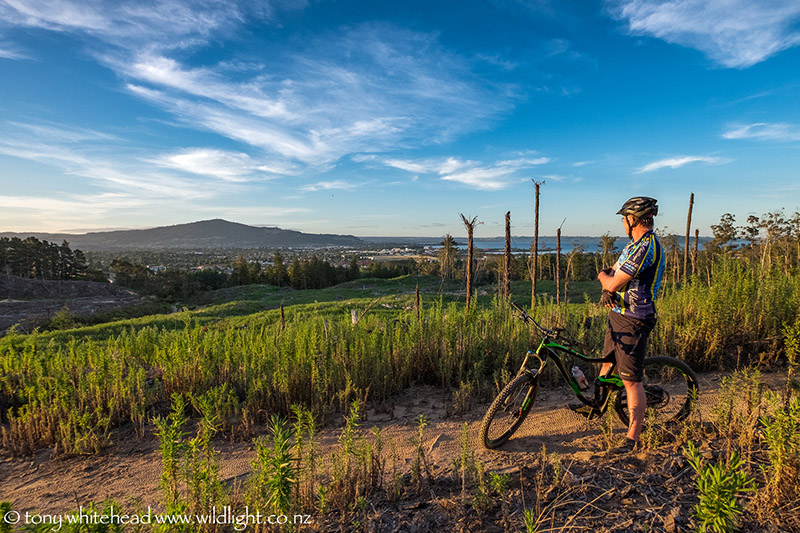
Photos of Edin with Fuji X100s, bird photo with Nikon D500 and Nikon 300mm f4 PF lens with 1.4x teleconverter, self portrait with Fuji XT1 and Fujinon 10-24mm f4 lens on Manfrotto PIXI EVO mini tripod
